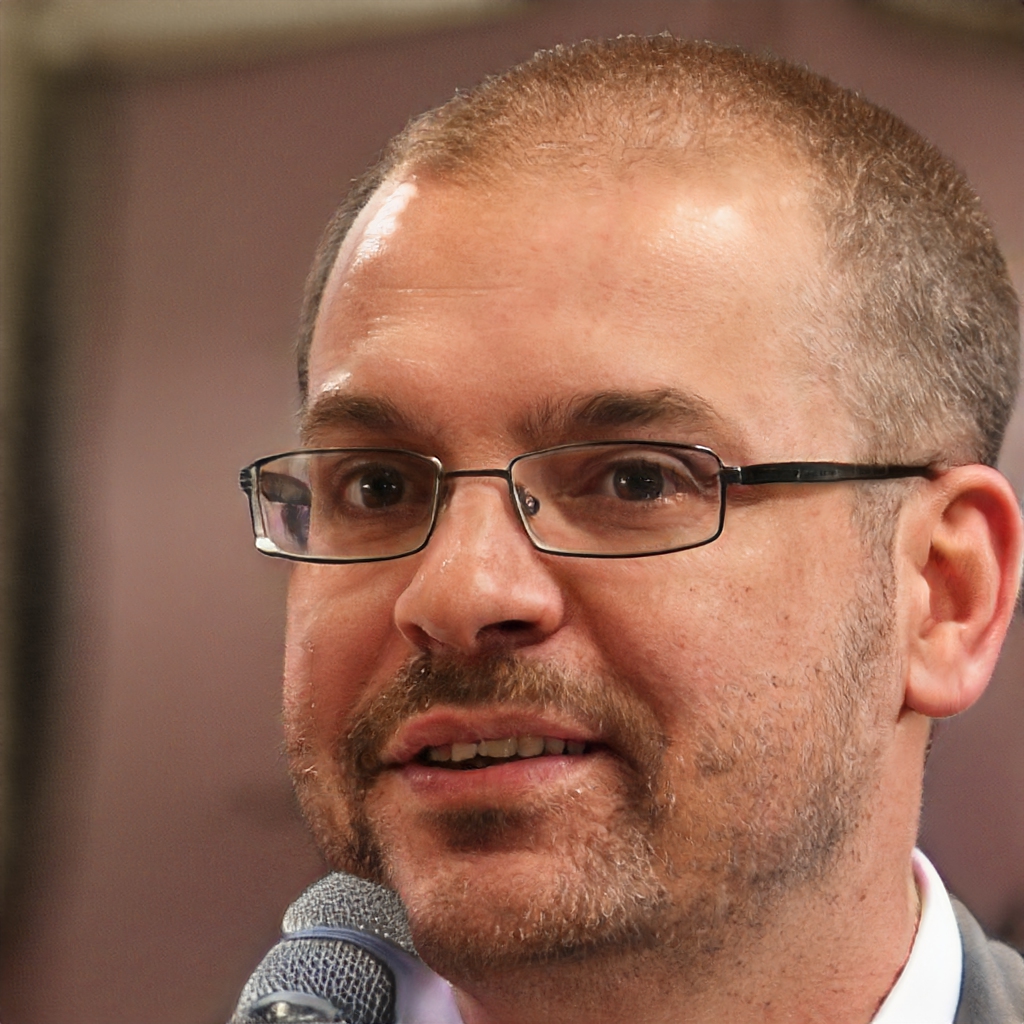Compound probability is the probability that two or more events will occur in succession. For example, the probability of flipping a coin and getting heads is 1/2. The probability of flipping the coin twice and getting heads both times is 1/4.
What is compound experiment in probability?
In finance, a compound experiment is an experiment in which two or more random variables are involved. For example, consider a situation where there are two different types of investments, A and B, and each can generate a return of either 0% or 10%. If we assume that the return on each investment is equally likely to be either 0% or 10%, then the possible outcomes of the compound experiment can be represented as a two-by-two table, as shown below:
Outcome
Investment A
Investment B
0%
0.5
0.5
10%
0.5
0.5
In this example, the possible outcomes of the compound experiment are the four possible combinations of the returns on investment A and investment B. The probability of each outcome is 0.5 x 0.5 = 0.25.
A compound experiment can be used to model a variety of situations in finance, including the returns on two different investments, the prices of two different assets, and the outcomes of two different events. How many outcomes does a compound event give? There are two types of compound events: those that are mutually exclusive and those that are not.
Mutually exclusive compound events are events that cannot happen at the same time. For example, if you are flipping a coin and rolling a die, the two events are mutually exclusive because you cannot get both a head and a 6 on the die at the same time. In this case, there are 2 x 6 = 12 possible outcomes.
Non-mutually exclusive compound events are events that can happen at the same time. For example, if you are flipping a coin and rolling a die, the two events are not mutually exclusive because you can get both a head and a 6 on the die at the same time. In this case, there are 2 x 6 = 36 possible outcomes.
What are the three types of probability discussed in the chapter?
There are three types of probability discussed in the chapter:
1. Independent probability: This is the probability that an event will happen independently of any other events. For example, the probability of flipping a coin and getting a heads is 50%.
2. Dependent probability: This is the probability that an event will happen based on the occurrence of another event. For example, the probability of flipping a coin and getting a heads is 50%, but if you know that the first flip was a tails, then the probability of getting a heads on the second flip is only 25%.
3. Joint probability: This is the probability that two events will happen at the same time. For example, the probability of flipping a coin and getting a heads and a tails is 25%.
What is compound and give 5 examples?
A compound is a molecule made up of two or more different elements. The elements are bonded together, and the compound has a unique chemical structure and properties.
Here are five examples of compounds:
1. Water (H2O)
2. Carbon dioxide (CO2)
3. Salt (NaCl)
4. Sugar (C12H22O11)
5. Diamond (C)
What is simple and compound probability?
There are two types of probability: simple and compound. Simple probability is the likelihood of an event occurring, expressed as a number between 0 and 1. A probability of 0 means the event will never happen, while a probability of 1 means the event is certain to happen. Compound probability is the likelihood of two or more events occurring, expressed as a number between 0 and 1.
